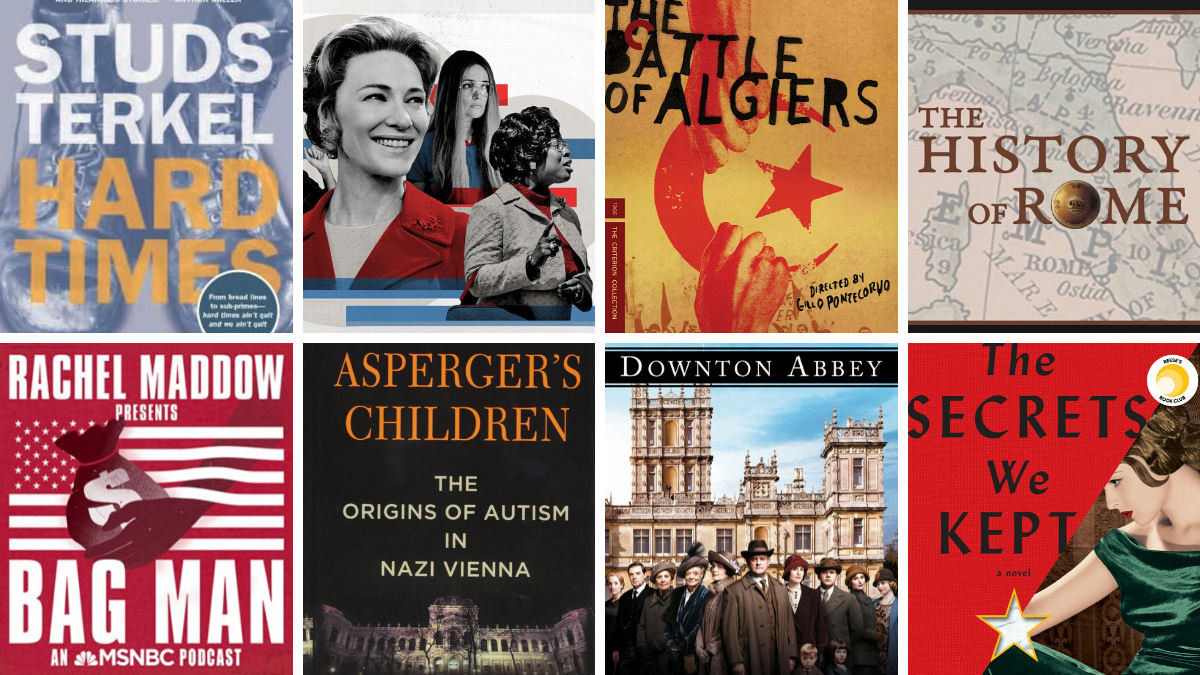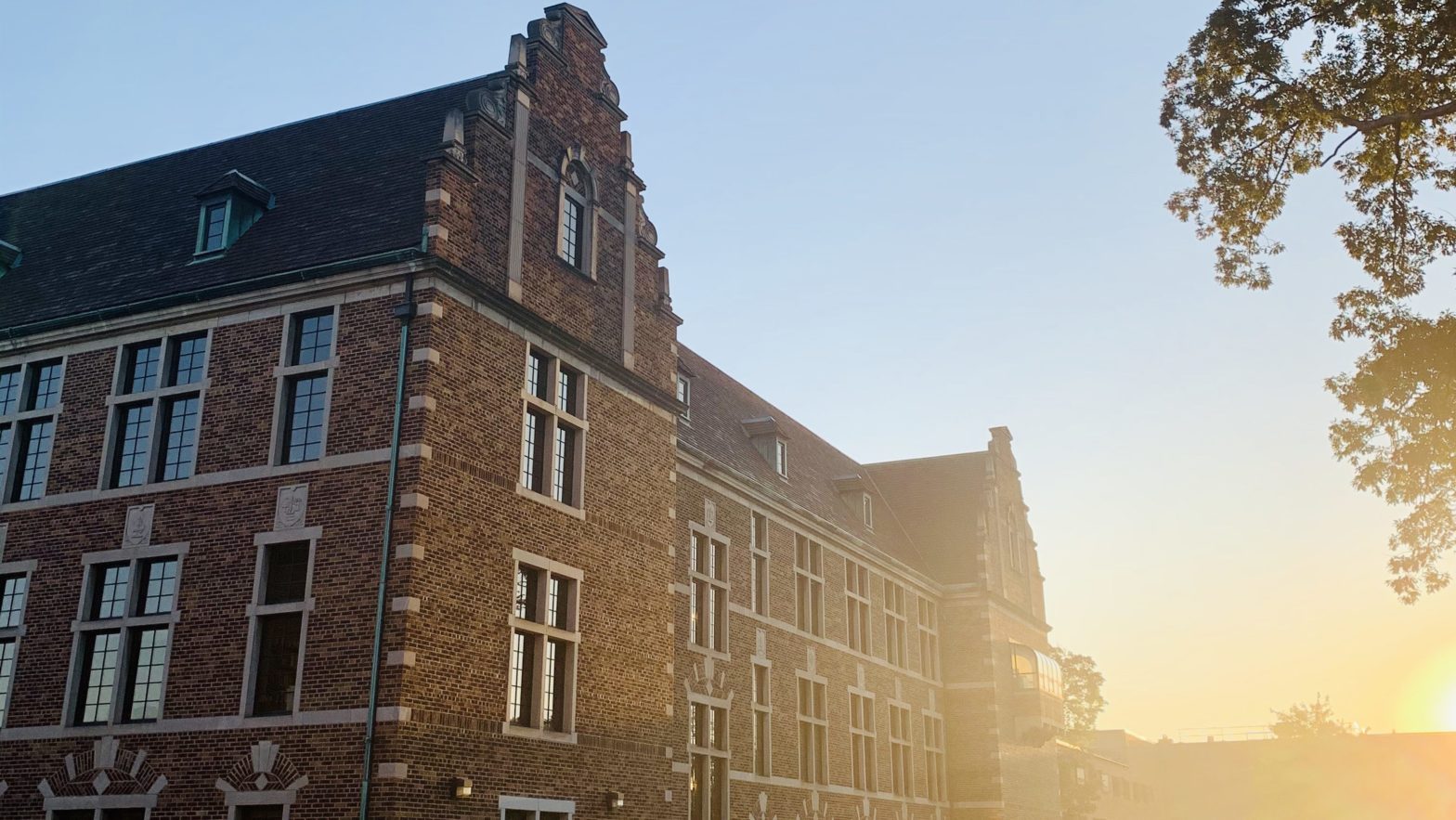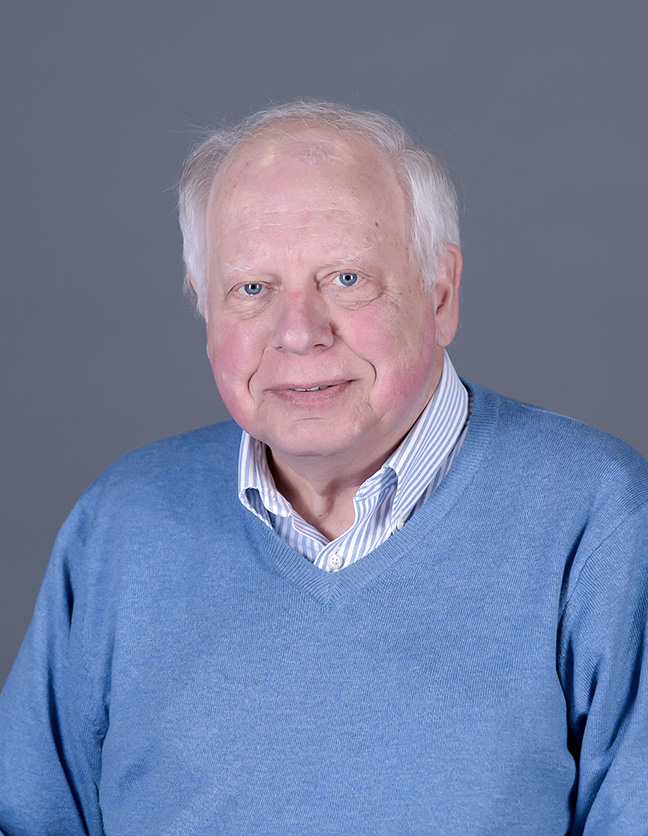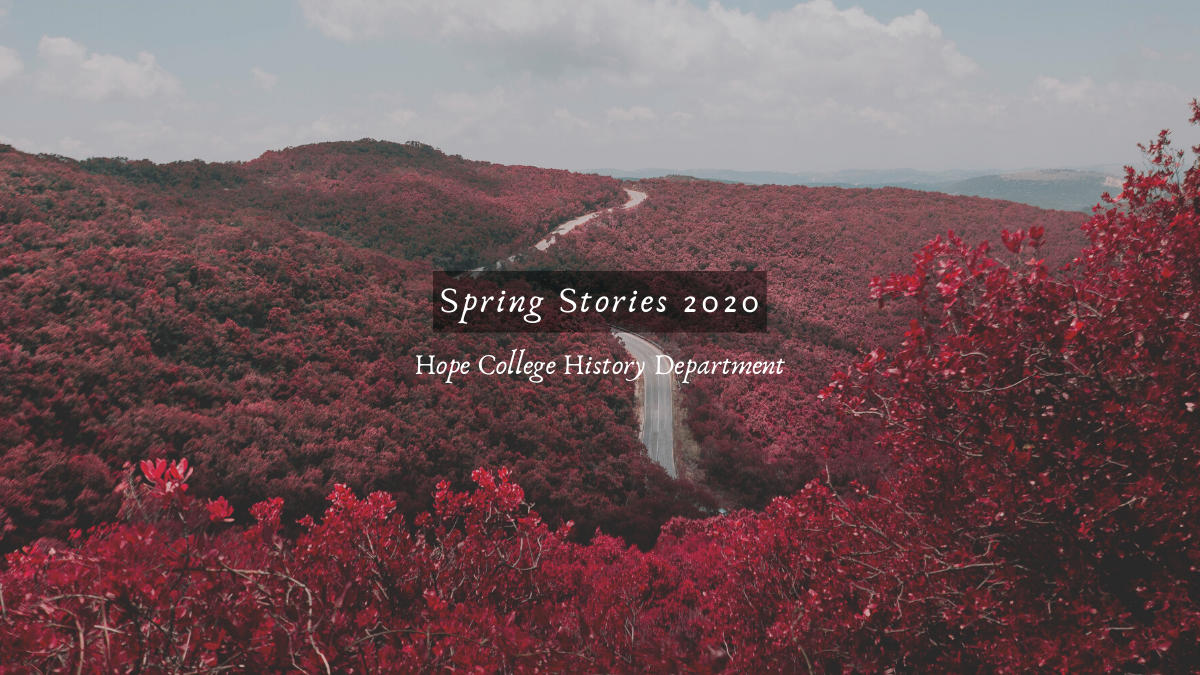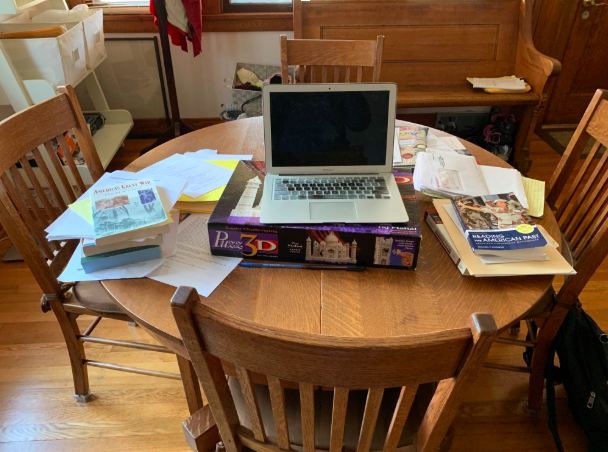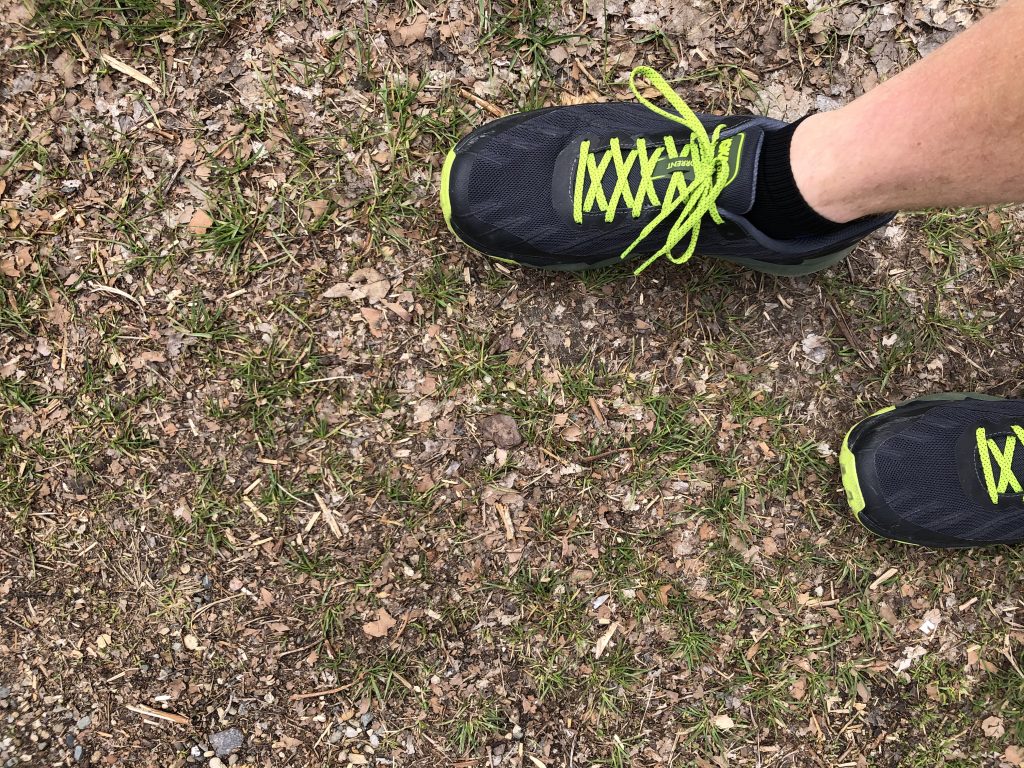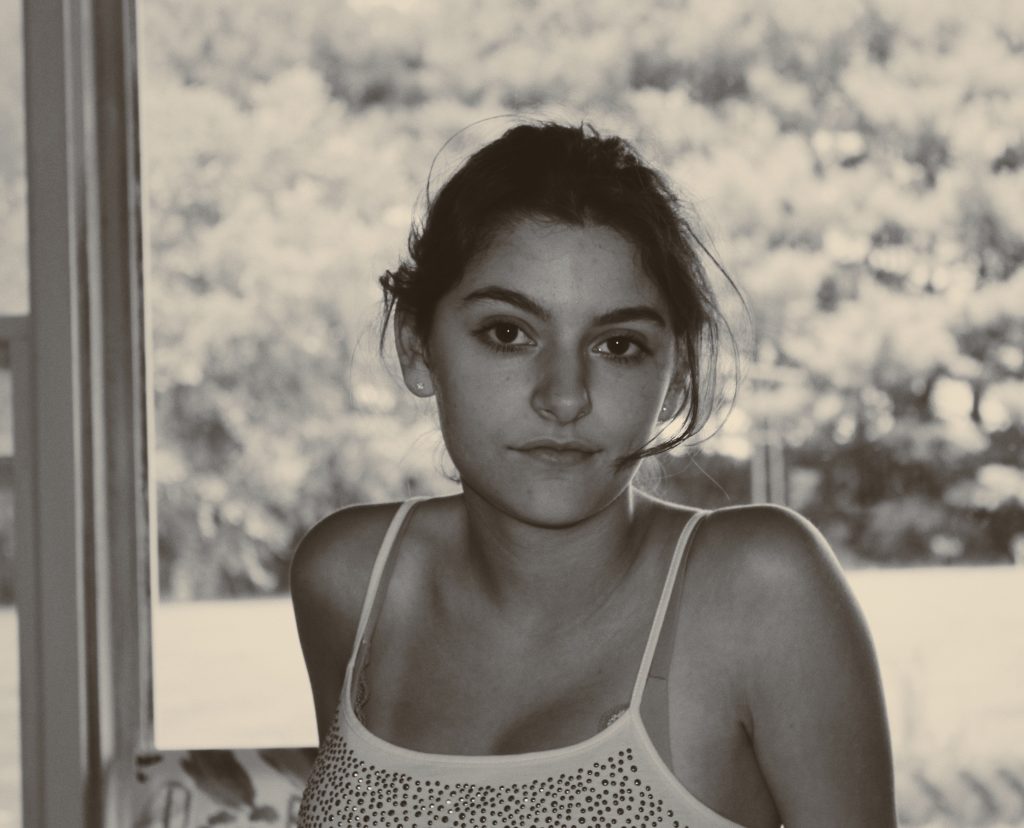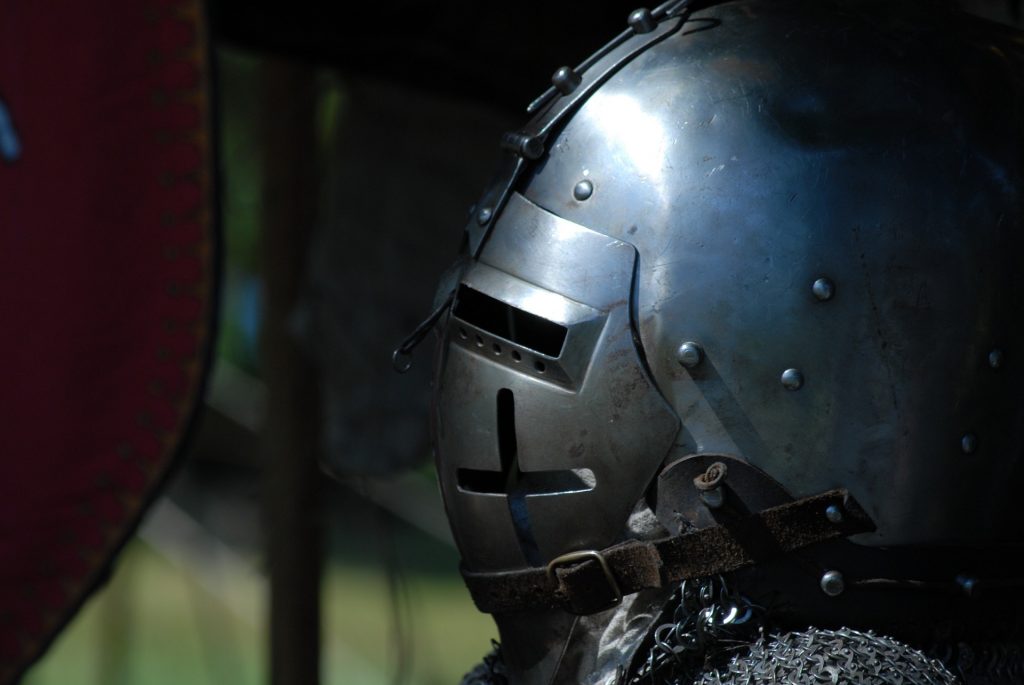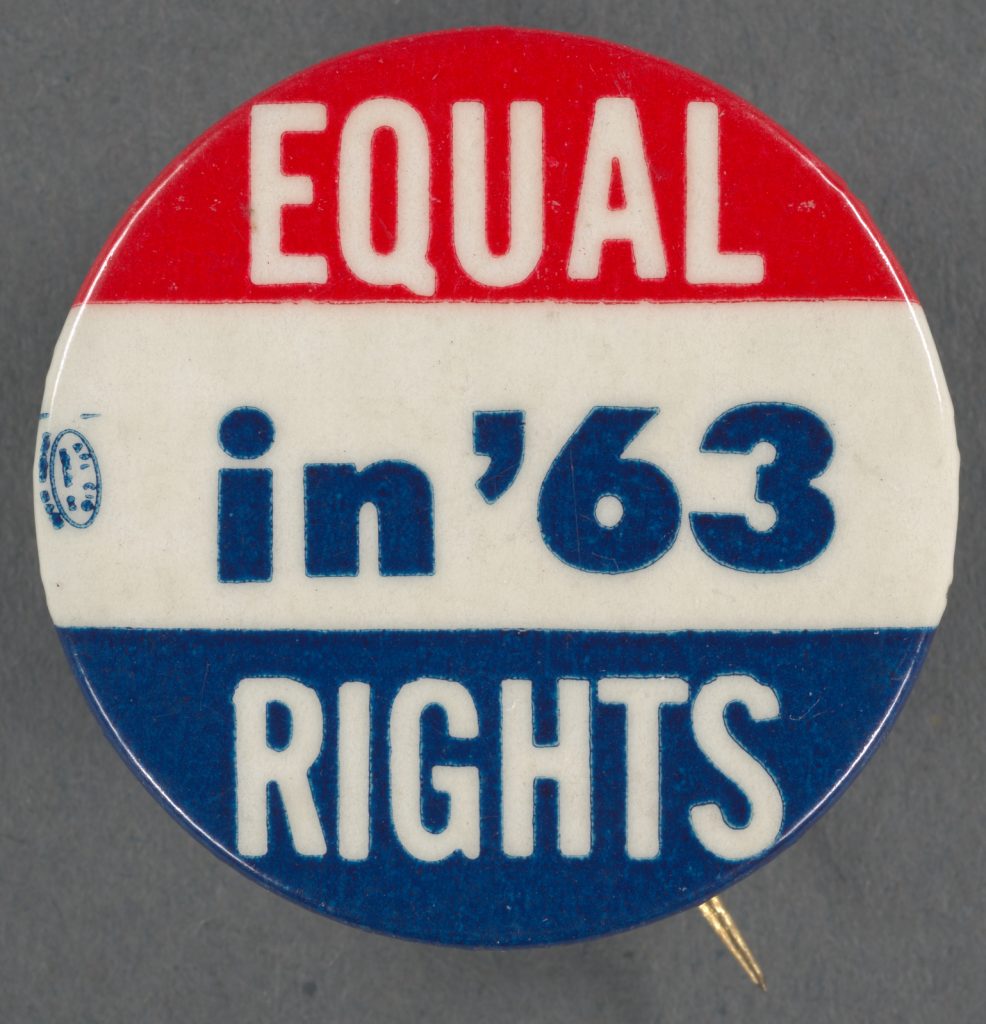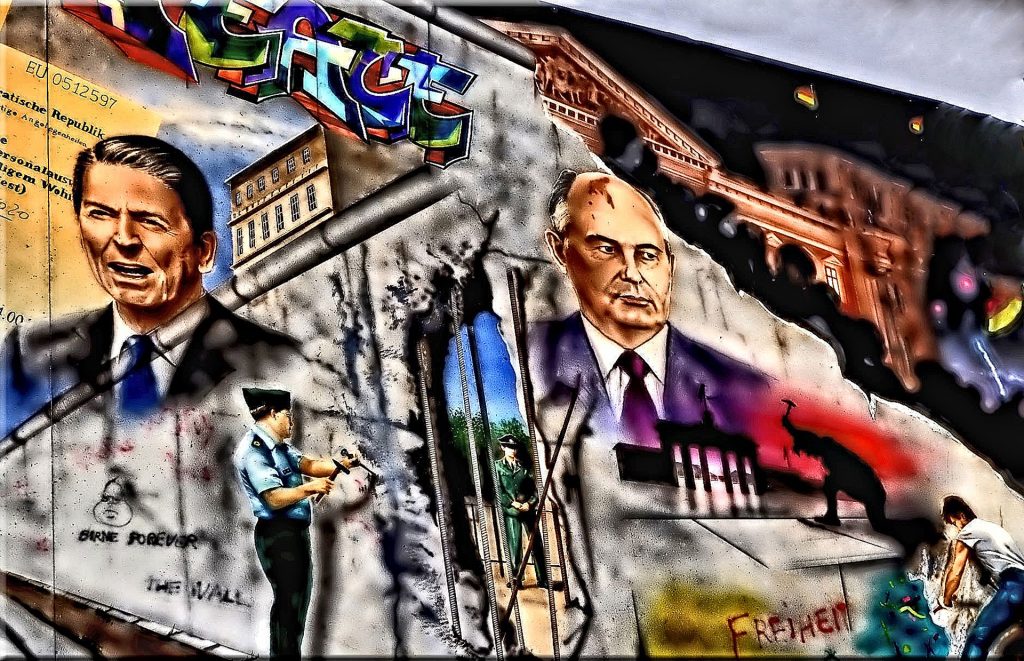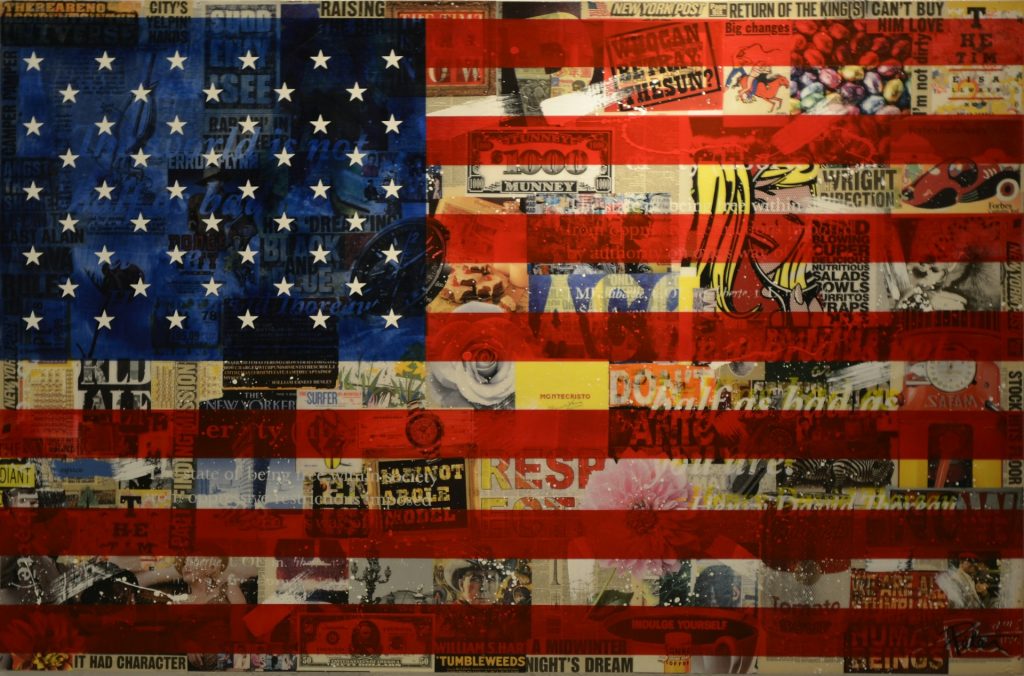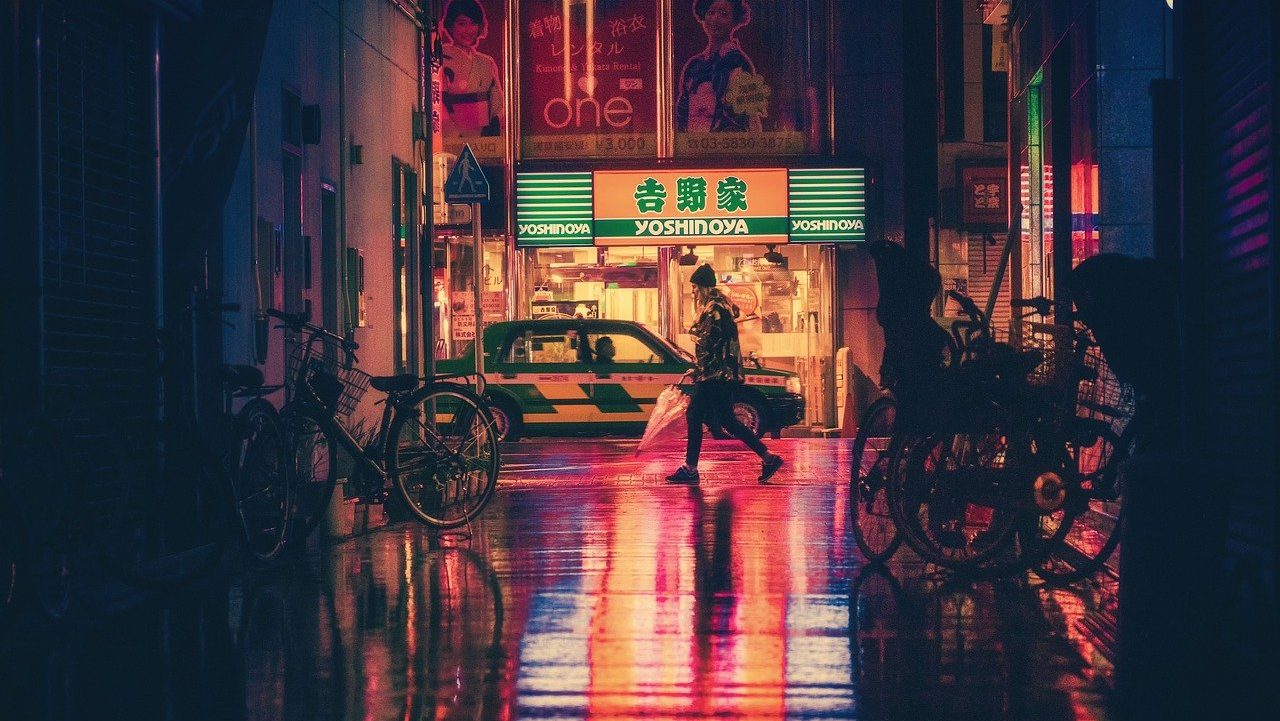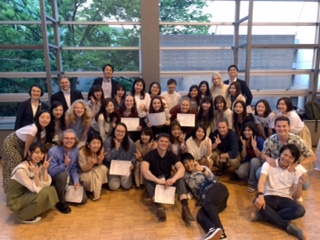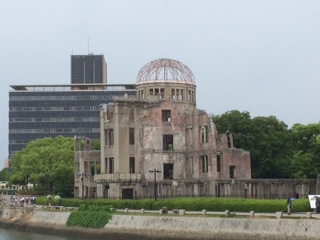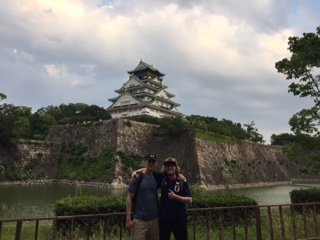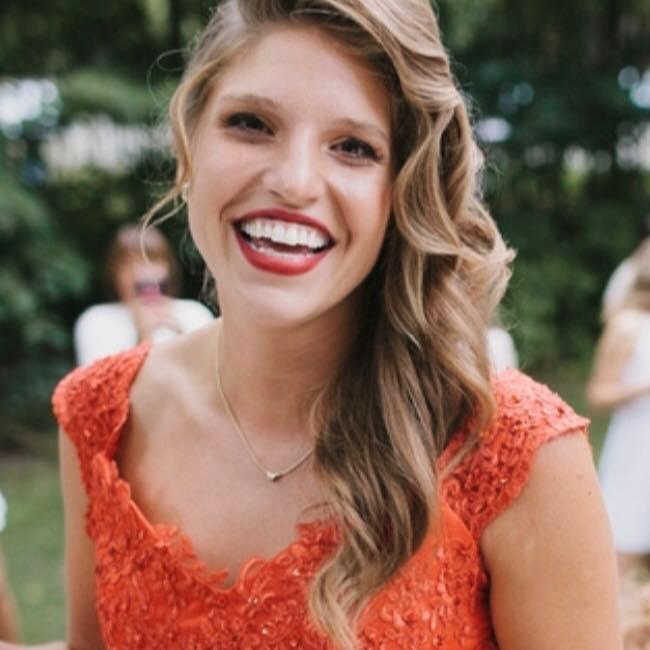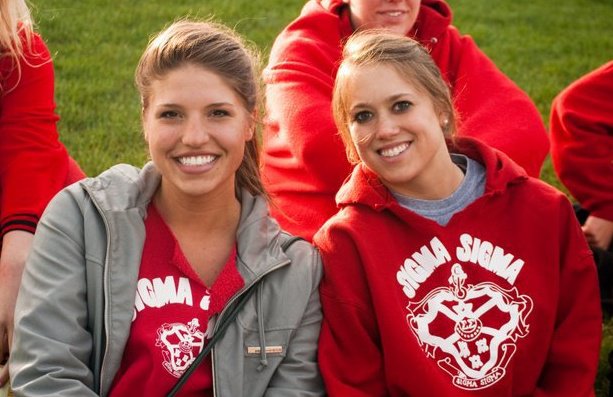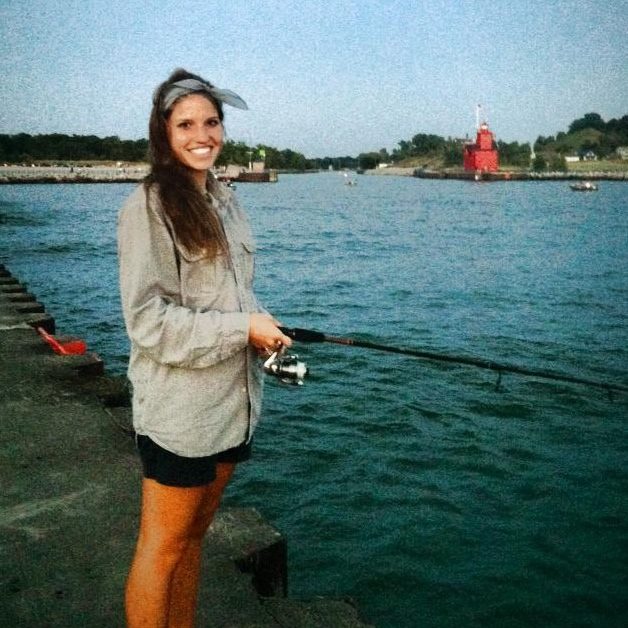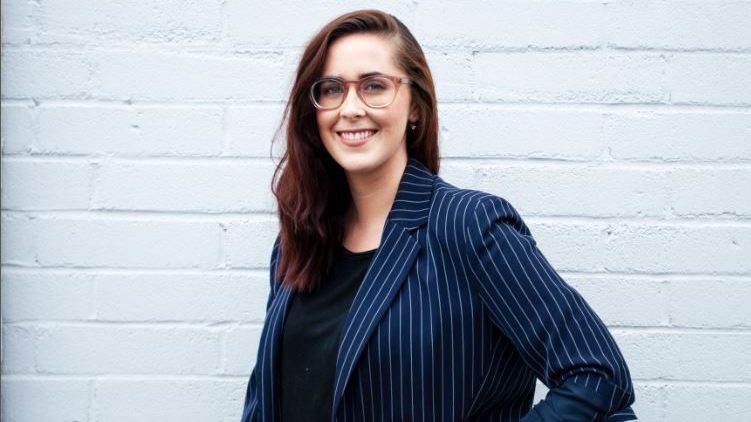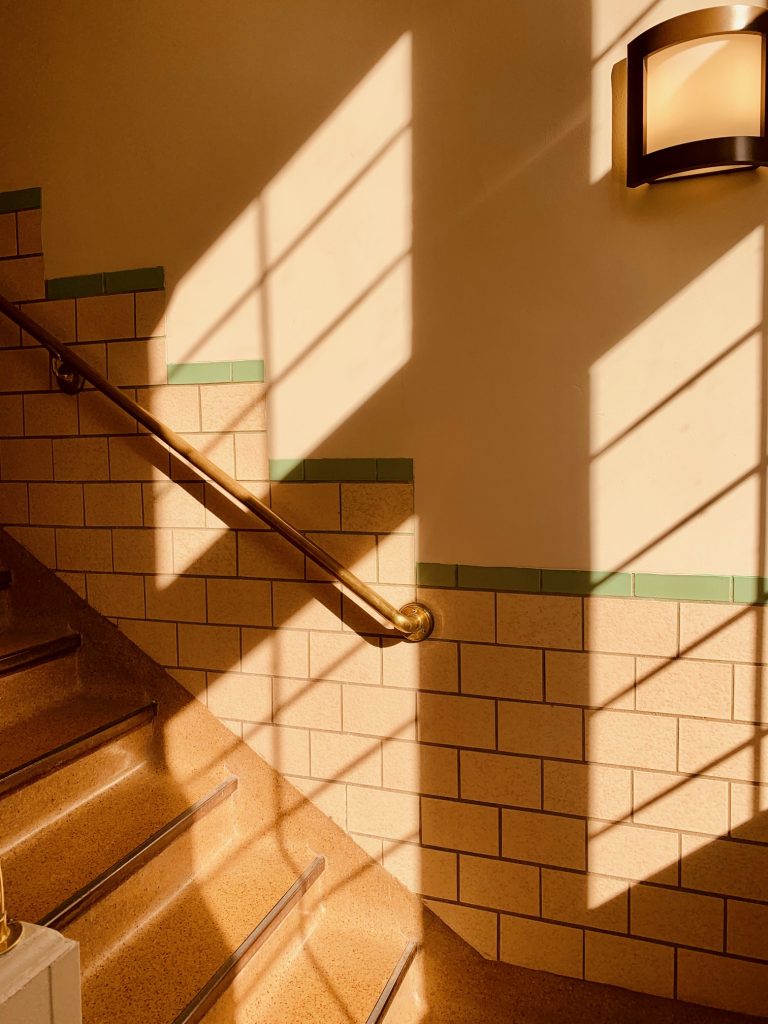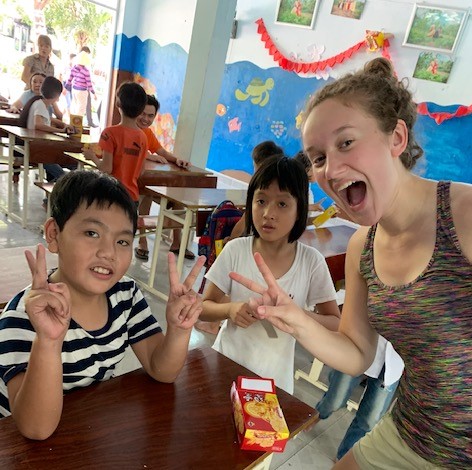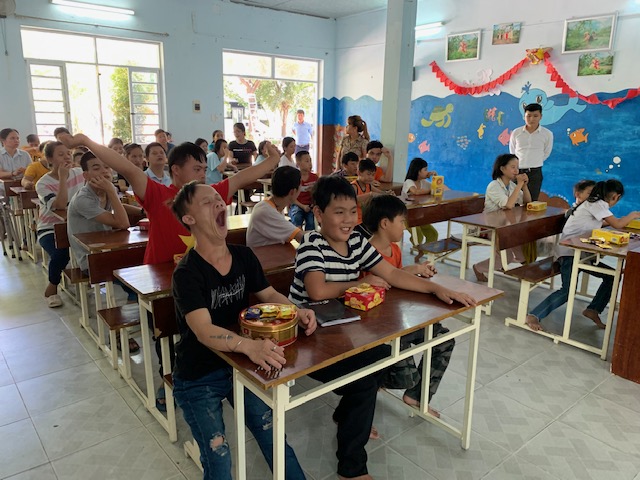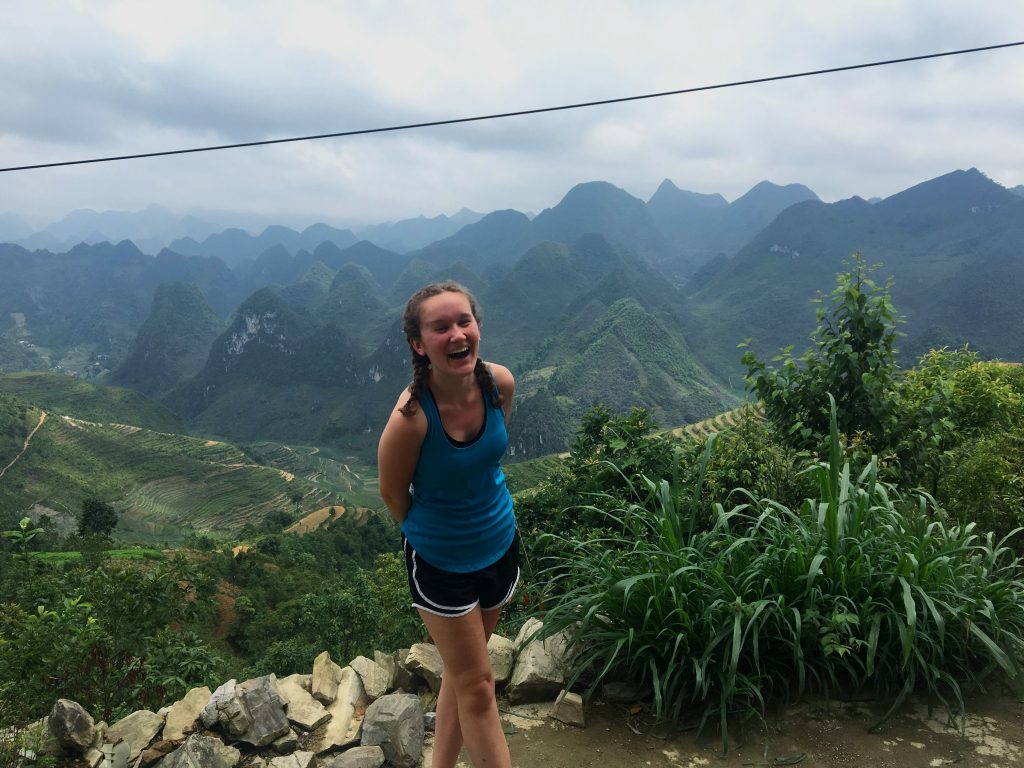Hope History Buffs: we’ve compiled a list of recommendations to fuel your history needs all summer long!
Podcasts
Backstory – recommended by Dr. Jeanne Petit
“This podcast explores themes in U.S. history, from issues like Jim Crow to vacationing. They usually include perspectives from 18th, 19th, and 20th centuries. They also have special theme episodes–here’s one about the 1918 Flu Pandemic.”
Fall of Civilizations – recommended by Dr. Jeanne Petit
“While I tend to gravitate to US history, I’ve become fascinated by this podcast which explores the fall of societies that had reached great heights and tries to understand the perspectives of those who lived through it. The podcaster looks at a wide geographic range, including the Aztecs and the Han Dynasty of China. The first episode looks at the collapse of Roman Britain: ‘The Work of Giants Crumbled.'”
Rachel Maddow’s “Bagman” podcast – recommended by Dr. Janis Gibbs
“It’s about the Nixon Administration, and the fall of Vice President Spiro Agnew.”
BBC Witness History – recommended by Dr. Janis Gibbs
“These are short radio broadcasts about history, told by people who were present. Sometimes, it’s archival audio, and sometimes it’s interviews with people retrospectively.”
Throughline from NPR – recommended by Dr. Lauren Janes
“Throughline is wonderful, though it’s mostly focused on American history topics, but the episode on ‘How the CIA Overthrew the Iranian Document in 4 Days’ provides good historical context on Iran before the revolution.”
Radio Lab – recommended by Dr. Lauren Janes
“The recent episode on the Mau Mau rebellion in Kenya is a revealing story of how historians are still uncovering hidden truths of the recent past.”
The History of Rome by Mike Duncan – Dr. Bram ten Barge
“For students who haven’t taken any courses about ancient Rome yet, this is a fun podcast covering Roman history from the very beginning to the collapse of the Western Roman Empire (however you view or conceptualize that last one…”
A Piece of Work – recommended by Alison Lechner
“I gobbled up every episode of this podcast as soon as it dropped. If you are an art-lover or even just a museum-fan, this podcast is such a good fit. Abbi Jacobson of Broad City goes behind the scenes at the Museum of Modern Art (MOMA) in NYC to give the story behind some of the museum’s most iconic pieces in their permanent collection. I’m an art history buff and I still learned so much from this.”
Dolly Parton’s America – recommended by Alison Lechner
“If you’re in need of a feel-good podcast that is also a commentary of the current state of pop culture in America, look no further! Jad Abumrad (co-host of RadioLab) hosts this personal and inspiring podcast that focuses not only the life of Dolly Parton, but the recent history of the United States.”
Books
Hard Times by Studs Terkel – recommended by Dr. Jeanne Petit
“This book is made up of oral histories taken in the 1960s and 1970s of Americans who lived through the Great Depression. Terkel interviewed a wide range of Americans, who tell stories of both suffering and resilience.”
A Gentleman in Moscow by Amor Towles – recommended by Dr. Janis Gibbs
“This is a wonderful book about Russia in the wake of the Russian Revolution.”
The Winds of War and War and Remembrance by Herman Wouk – recommended by Dr. Janis Gibbs
“These are great big fat historical novels about the Second World War. They’re older, but still worth a read. The protagonist is a US Navy officer, but there’s a big cast of characters. It was also a TV miniseries in the 1980s.”
On Tyranny: Twenty Lessons from the Twentieth Century by Timothy Snyder – recommended by Dr. Janis Gibbs
“A meditation on what we can learn about liberty, democracy, and tyranny from a brilliant historian of the twentieth century. It’s profound–and it’s short. Don’t be intimidated.”
The Marshall Plan: Dawn of the Cold War by Benn Steil – recommended by Dr. Wayne Tan
“This is a great book about how the Marshall Plan was engineered right after WWII. It looks at the politics of financial assistance to Western Europe by the US and USSR’s challenge to the new global order.”
Asperger’s Children: The Origins of Autism in Nazi Vienna by Edith Sheffer – recommended by Dr. Wayne Tan
“This book exposes the troubling history of intellectual disability in Nazi Vienna and shows how scientific investigations of autism fed a systematic plot to eliminate children deemed mentally unfit.”
Persepolis by Marjane Satrapi – recommended by Dr. Lauren Janes
“For those who like to read graphic novels or are willing to try, Persepolis is a wonderful graphic memoir about growing up during and after the Iranian revolution. It’s also a compelling coming of age story. The film Persepolis is also great, but of course I recommend reading the book first.”
The Arab of the Future by Riad Sattouf – recommended by Dr. Lauren Janes. “If you like Persepolis, you might also like The Arab of the Future graphic memoir series. In this series Riad Sattouf tells about his childhood growing up in rural France, in Muammar Gaddafi’s Libya, and in Hafez al-Assad’s Syria.”
The Day of the Jackal by Frederick Forsyth – recommended by Dr. Lauren Janes
“The Day of the Jackal is a thriller novel about a (fictionalized) assassination attempt on Charles DeGaulle by the OAS (a real organization that did attempt to assassinate the French president after the Algerian War). It’s a great page-turner.”
The Dig by John Preston – recommended by Maggie Burr
“This tells the (fictionalized) story of the excavation of the Sutton Hoo ship burial and accurately reflects some of the drama/excitement of digging.”
A Most Dangerous Book: Tacitus’s Germania from the Roman Empire to the Third Reich by Christopher Krebs – recommended by Dr. Bram ten Barge
“A riveting account of the journey of an ethnographic text about the Germanic North, written by a Roman senator in AD 98, which would come to have a profound influence on major movements and events in European history, including the Reformation and the formation of Nazi ideology. An important book and accessible to non-Classicists.”
The Secrets We Kept by Lara Prescott – recommended by Dr. Marc Baer
“A fictionalized account of the CIA’s actions to get a copy of Boris Pasternak’s Dr. Zhivago. It appears to be well researched, and is told from the POV of Pasternak’s muse/mistress Olga Ivinskaya and the women who worked in the CIA’s typing pool–who were smarter than their male supervisors.”
Just Mercy by Bryan Stevenson – recommended by Dr. Marc Baer
“The novel goes into greater depth on the case focused on in the movie and how he worked other cases. It couldn’t be more timely.”
Movies
The Lost Legions of Varus – recommended by Dr. Bram ten Barge
“A great documentary on one of the defining military moments in European history.”
The Odyssey – recommended by Dr. Bram ten Barge
“This is just the best. A 2-part miniseries on Homer’s Odyssey that ended up winning an Emmy for Outstanding Directing of a Miniseries or Special.”
The Battle of Algiers – recommended by Dr. Lauren Janes
“For students interested in the Algerian War and its aftermath, The Battle of Algiers is a really tough but revealing film.”
Television Series
History Cold Case – recommended by Maggie Burr
“This series examines a different burial group from around the UK for each episode. They’re a great mini-lesson in archaeological science (and in the different time periods the burials date to), and they always culminate in a facial reconstruction of the deceased, which is fun.”
Downton Abbey – recommended by Dr. Lauren Janes
“Downton Abbey finished a few years ago, but most students haven’t seen it, and it’s currently all available on Amazon Prime. It tells the story of an English aristocratic family and the household staff as the aristocracy was breaking down in the early twentieth century. I often reference the Crawley family when trying to describe the type of young men who moved to Kenya in the interwar period. History buffs will enjoy the setting of WWI, the Irish War of Independence, and shifting gender and class roles. Downton Abbey really shines at telling the stories of the changing lives of the working-class people who serve the Crawley family.”
The Crown – recommended by Dr. Lauren Janes “The Crown is on Netflix and focuses on the life and reign of Queen Elizabeth II, beginning with her wedding and then her coronation (at only 25 years old). While much of the series is palace intrigue and the drama of the royal family, the queen’s world and work are set in a broader context with lots of discussion of British politics and global issues related to the British Empire and the Commonwealth, though viewers should remember that these stories are being told from the British perspective.”
Mrs. America – recommended by Alison Lechner
“This show has a lot of fans in our department! Mrs. America is about the political divide in the United States when the Equal Rights Amendment (ERA) was introduced, amidst the period of second-wave Feminism in the 1970s. Power players like Gloria Steinem, Phyllis Schlafly, and Shirley Chisolm are expertly cast (especially Tracey Ullman as a dead-ringer for Betty Friedan). What I love about this show is that it re-examines this movement in the history of American Feminism through a twenty-first century lens: each side of the ERA debate gets equal coverage, and we begin to see the origins of the push for intersectionality within the Feminist movement that will lead to the third-wave at the end of the century.”
Miscellaneous
Online Museum Collections – recommended by Maggie Burr
“Not a book, podcast, or movie: many museums have highlighted their online collections during the Covid crisis, but the Treasures section on the Ashmolean Museum website is one of my favorites. It’s great partly because the graphics are excellent, and partly because they do a good job highlighting the whole range of their collection (and the blurbs explain why the objects matter).
We hope you’ve enjoyed our summer entertainment recommendations! Feel free to share your history-related recommendations in the comments below.


